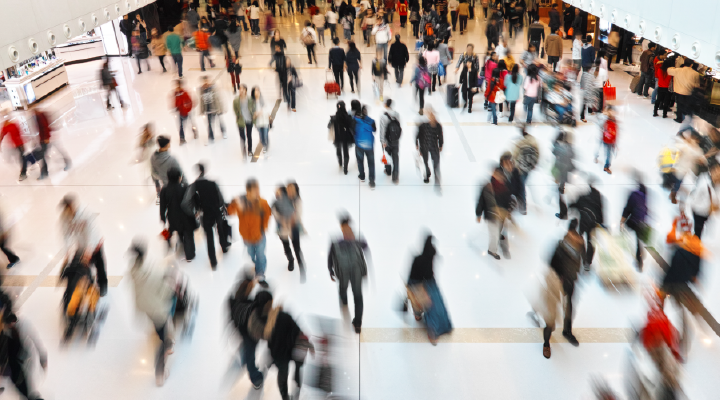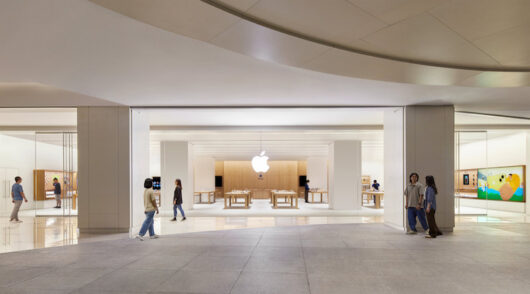Since the start of the pandemic, the adoption of technological innovation across all major industries has skyrocketed. In the retail space, however, many retailers who are at the forefront of the e-commerce evolution are experiencing a decline in customer satisfaction. The correlation between meaningful engagement and quality customer service thus communicates one clear message: the sensory-driven experience of in-store shopping cannot be replicated online.
A new research report by Greater Group in partnership with Watch This Space presents a solution to the tension between brick-and-mortar and e-commerce. Rather than competing, online and offline retail formats should complement one another. The traditional narrative of brick-and-mortar vs e-commerce must therefore be reframed into a cohesive approach to lead the future of retail.
The report, “The Future of Retail: The Top Trends Shaping the Post-Covid Retail Environment”, outlines seven pivotal trends for brands and retailers to create future-proof retail experiences. Co-authored by the multi-disciplinary global retail design agency, Greater Group, and the experiential marketing agency, Watch This Space, the research paper is the product of over 50+ years of combined experience in retail design and customer experience.
- The pop-up revolution
The role of brick-and-mortar in the retail ecosystem is changing. Considering that in-person shopping remains consumers’ general preference even when they also engage in e-commerce, temporary small formats such as pop-up shops and store-in-stores are on the rise. Pop-ups will increasingly complement flagship locations as a cost-effective alternative to in-person engagement.
- Experiential retail
Experience is a key driver behind customer loyalty. Shoppers are largely influenced in their purchasing decisions based on experiences and are often willing to pay more for customer experiences that attract, engage and inspire. In the retail landscape of the future, the concept of ‘retailtainment’ should be effectively integrated into retail design to offer meaningful experiences that cannot be substituted by e-commerce.
- The omnichannel retail model
Digital acceleration is increasingly pressuring retailers to rethink the dynamic between their retail channels. Data captured in the report indicates that the retail industry still has a long way to go to develop a streamlined omnichannel model that integrates the convenience of online shopping with the social and personalised aspects of in-store shopping.
- The physical store as an engaging experience
Repurposing existing store spaces into brand showcases adds value to retailers’ omnichannel strategies by offering opportunities for immersive experiences beyond the transactional. The showrooming effect enables shoppers to view and test products before purchasing online while building loyal relationships with brands and retailers.
- Sustainability in retail
The retail industry has ample room for improvement in terms of sustainable operations. Extending environmentally responsible practices to store design, materials, resource allocation, product packaging and delivery methods, retailers can substantially reduce their carbon footprint while saving costs and winning shoppers’ favour.
- In-person shopping as a social event
Lasting customer relationships are established in-store. While the social benefit of in-person shopping cannot be achieved online, there is room for social technology in the physical retail channel. Augmented reality (AR) and virtual reality (VR) can add significant value to customer experiences, especially for tech-savvy Gen Z and millennials. Educational mobile interactions can also provide insight into customers’ shopping behaviour to support better decision-making.
- Harnessing technology
Technological advances can streamline online, in-store and back-of-house retail operations. Beyond the opportunity presented on the social retail front, innovations such as BOPIS (buy online pick up in-store), low-touch/no-touch checkout, scan-and-go, cashier-less stores, mobile payments, chatbots, virtual assistants and voice recognition technology can enhance customer support and experience.
Download your free copy of The Future of Retail: The Top Trends Shaping the Post-Covid Retail Environment here.






